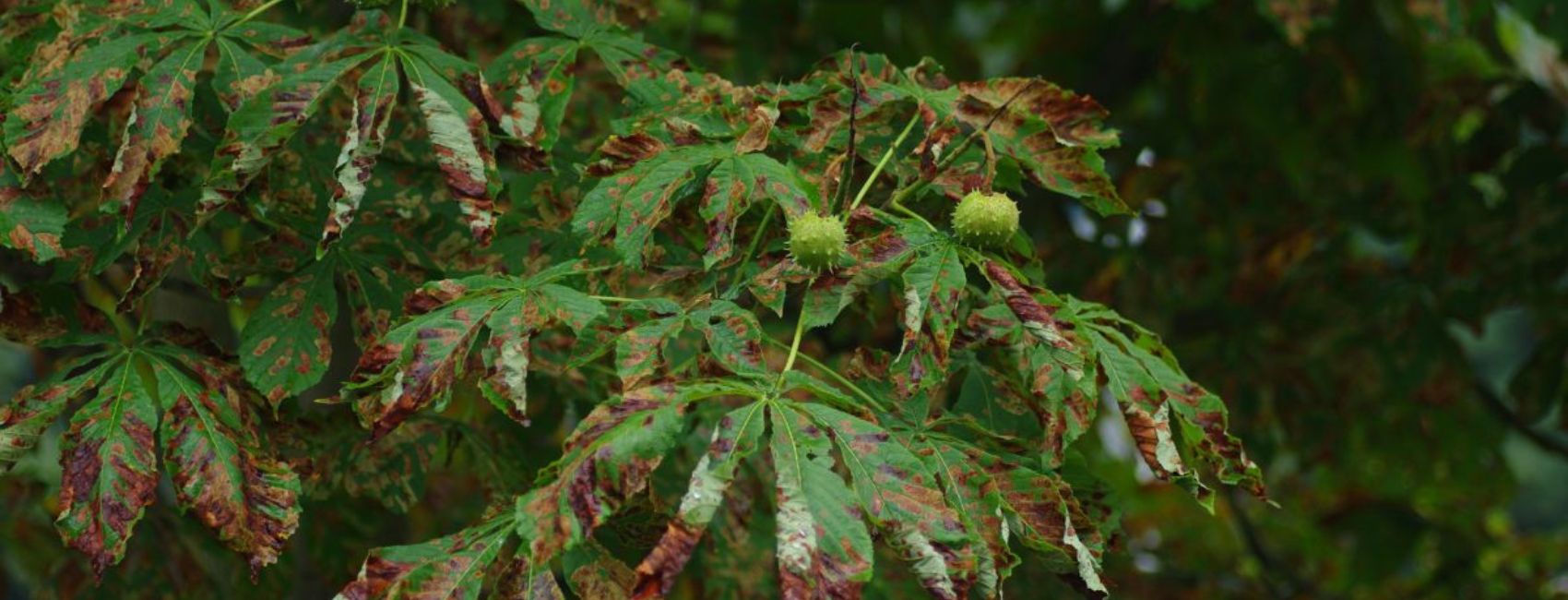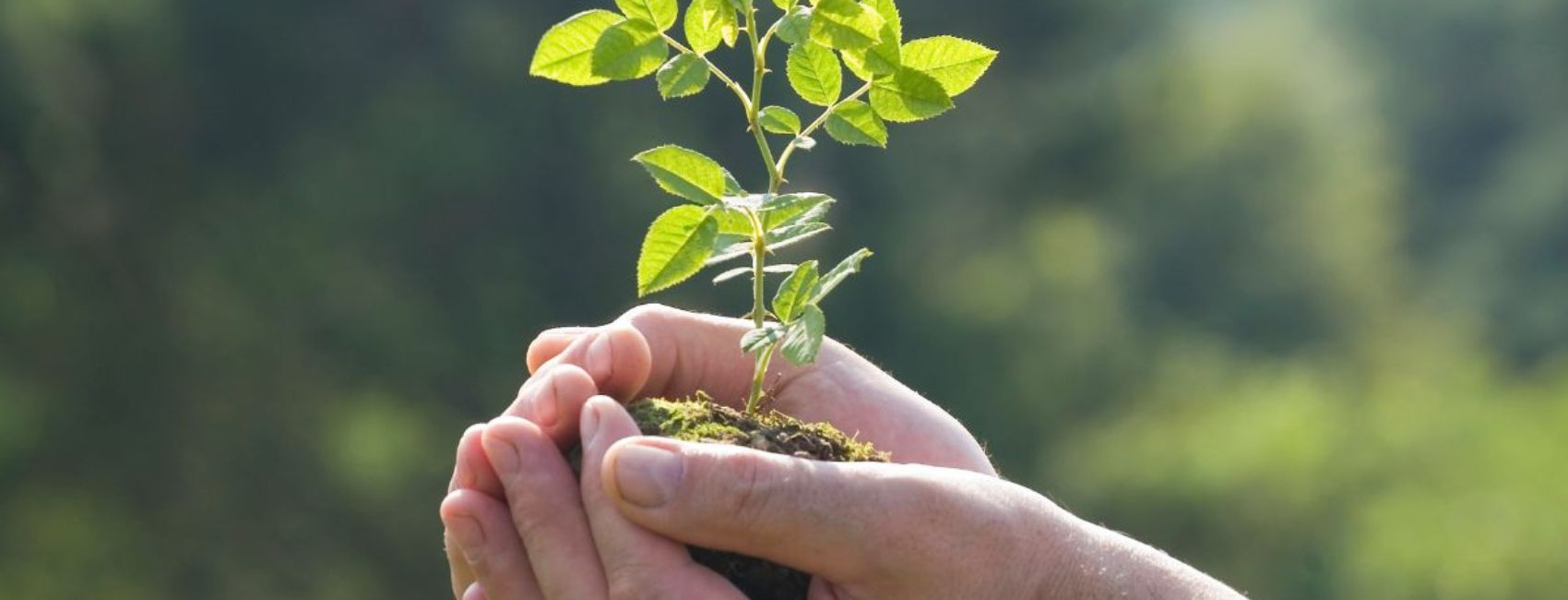Tree Pruning 101
The Basics of Tree Pruning 101 Pruning can either help or hurt a tree depending on the type, time of year, amount of pruning completed if the pruning is due to storm damage or disease, the age of the tree, and also the extent of damage previously received from poor maintenance or faulty pruning. Trees…
William Gambone
The Basics of Tree Pruning 101
Pruning can either help or hurt a tree depending on the type, time of year, amount of pruning completed if the pruning is due to storm damage or disease, the age of the tree, and also the extent of damage previously received from poor maintenance or faulty pruning. Trees should be on a regular pruning schedule for the life the tree; this is not something that will be needed yearly. Typically pruning is performed every three to five years, leaving longer periods in between as the tree ages and begins to take its permanent shape. Pruning can help reduce the risk of branch and stem breakage later down the line, helping to keep your home and family safe from any potential breakage.
One of the reasoning’s for pruning is to encourage strong growth and structure throughout the tree. Without pruning, limbs of the tree become aggressive, causing weak co-dominant stems and an accumulation of dead branches ultimately leading to cavities, cracks, and hollows in trees resulting in the removal of large limbs down the line. These branches either fall on their own due to weight needing to be removed for safety reasons, either option leads to death and decay of the tree. Trees do not have an immune system; large open wounds can wreak havoc when their only defense is compartmentalization. This process does not always protect the tree from outside threats. In some cases, homeowners would like to reduce the shade produced by the tree or may be worried about the wind resistance of the tree causing long-term damage. Root pruning is another type of pruning done by a professional arborist, root pruning can be used to reduce the spread of certain vascular diseases such as Oak wilt and Dutch elm disease, this process can also be done when stem girdling roots come into play which leads to the eventual death of the tree.
Structural pruning can be done on mature trees, however, the older the tree the harder it may be for it to recover. This is one of the main reasoning’s why it is so important to have your trees on a regular pruning schedule from planting. When pruning for healthcare reasons, sometimes the homeowner may not be noticed when the job is completed. Think about when you receive a haircut, if it is just a trim, sometimes no one even notices! In some cases, clearance of an area may be needed for a dwelling such as a shed or home, pedestrian crossing, etc. on a property. Regular pruning will need to be performed to keep the tree structurally sound. This process will also encourage the middle of the tree to grow as well. If you own flowering trees or fruit trees, you’ll be happy to know, pruning can also influence flowering and fruit production of the tree.
As we learned, structural pruning increases the structural integrity of the tree and encourages health and longevity, arborists complete this by producing one dominant leader. Trees in the forest grow straight up to the sky, with tall trunks competing with their neighbors for sunlight. In a landscape setting, easy access to sunlight encourages trees to develop multiple competing trunks or leaders which will inevitably lead to breakage which can be detrimental to the longevity of the tree. A dominant leader also helps prevent the spread of decay within the tree. Structural pruning on shade trees specifically may need to be performed more often to establish structure from an early age, preferably when the tree’s trunk is less than 20” in diameter. This type of pruning is typically performed every few years to gradually encourage more growth from the selected leader chosen, when multiple dominant stems emerge from a tree it can be very difficult for the tree to support its weight, eventually leading to an early demise. Structural pruning should be done on any tree that the homeowner would like to have until maturity; this will promote the longevity of the tree and help prevent future accidents to your home or your loved ones.
Raising the canopy of the tree is a technique used to keep the lower branches small. By using regular reduction cuts we prevent large trunk wounds to the tree. Some branches can start to droop and become problematic over time for you and the tree’s health. We want to try and slow branch growth over time. The objective of canopy cleaning is to reduce the conditions in which the tree could put homeowners in danger. If pruning is not performed regularly, inclusion bark occurs causing the branch union joints to weaken from the weight and eventually leading the branch to split from the trunk of the tree leaving a gaping hole and cause for potential infection. For this reason, it is important to create a dominant lead from the time of planting.
An experienced arborist will be sure which branches are to be removed to reduce weight on the tree in the long run. On mature trees, it can be difficult to make meaningful structural changes to the trunk or main limb. In addition to poor structural connections with the trunk of the tree, this can also cause unseen injury to the trunk below; signs of this may include excessive callus growth. In this situation consider reducing the limbs to lessen the weight as well as a combined cabling and bracing system to help support its size.
The six main reasons for pruning include maintaining a dominant leader for your tree, identifying the best branches to produce a permanent canopy, helping prevent a tree from growing upright too large for the surrounding area, keeping branches small enough that it will not put too much weight onto the trunk of the tree, and lastly for suppressing growth on the branches that would lead to bark inclusions. Regular pruning will prevent large cuts from having to be made which can cause significant decay and lead to the death of the tree down the line. Some trees also need to be thinned out which can help with light penetration throughout the tree, promoting air movement through the canopy, and as well as preventing added weight to the tree. As long as the tree is being pruned regularly you can typically achieve this without risking any damage to the tree canopy. Thinning is a delicate process and should only be performed by an experienced arborist.
There are many benefits to having mature trees on your property thrive. Aside from property value, large trees can also help with energy-saving costs, protecting your home from high winds, while also blocking up to 75% of UV radiation from the sun, reducing rain runoff, reduction of soil erosion all while providing a home to thousands of species. Be sure when planting a tree a spot is chosen for that tree specifically; make sure there is enough room for the tree to grow without damaging anything in the surrounding area. Contact us today to help you figure out which tree would be best for your area if you are having a hard time planning it out on your own! We must take care of our trees for they are what give us a tangible connection to future generations.

William Gambone
With almost 40 years of success in the tree care industry, it is evident that Bill’s passion extends beyond just the trees. He takes great pride in building relationships within the community, making B.G.





